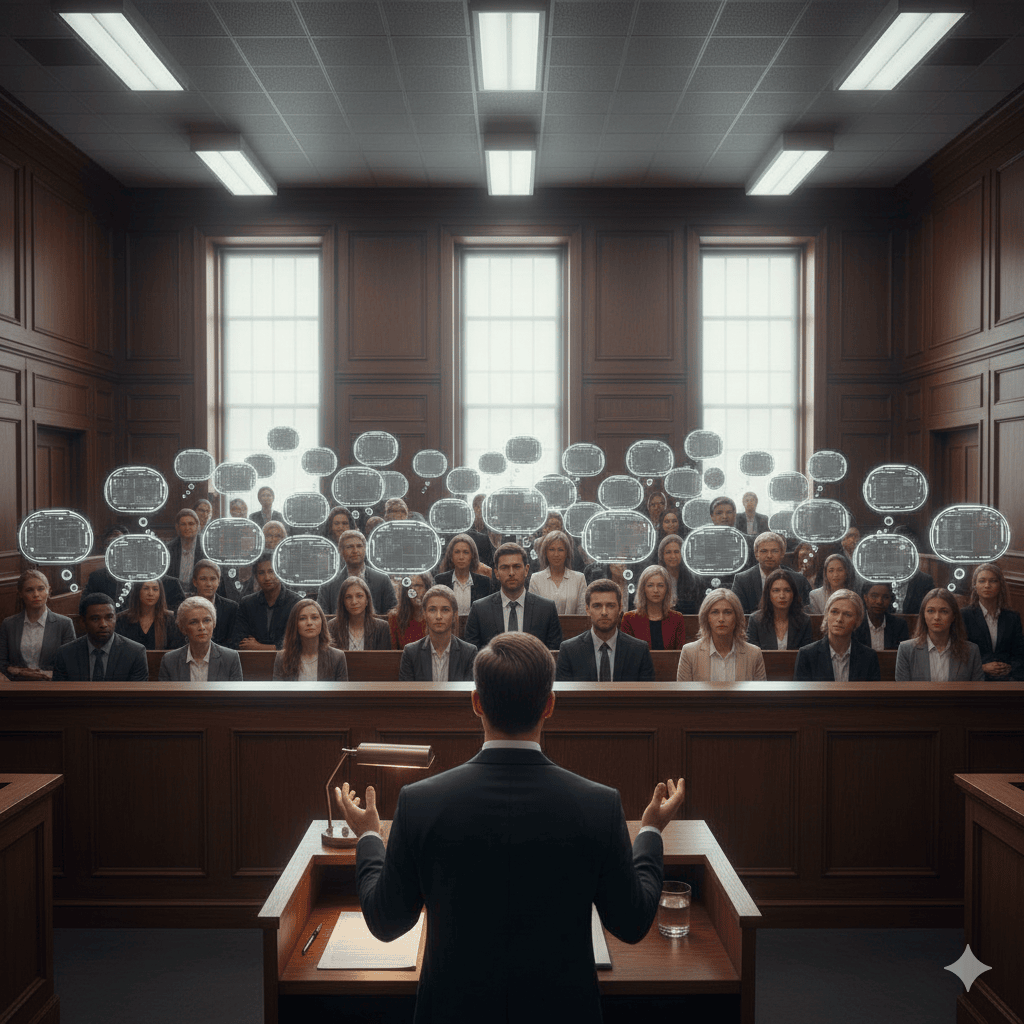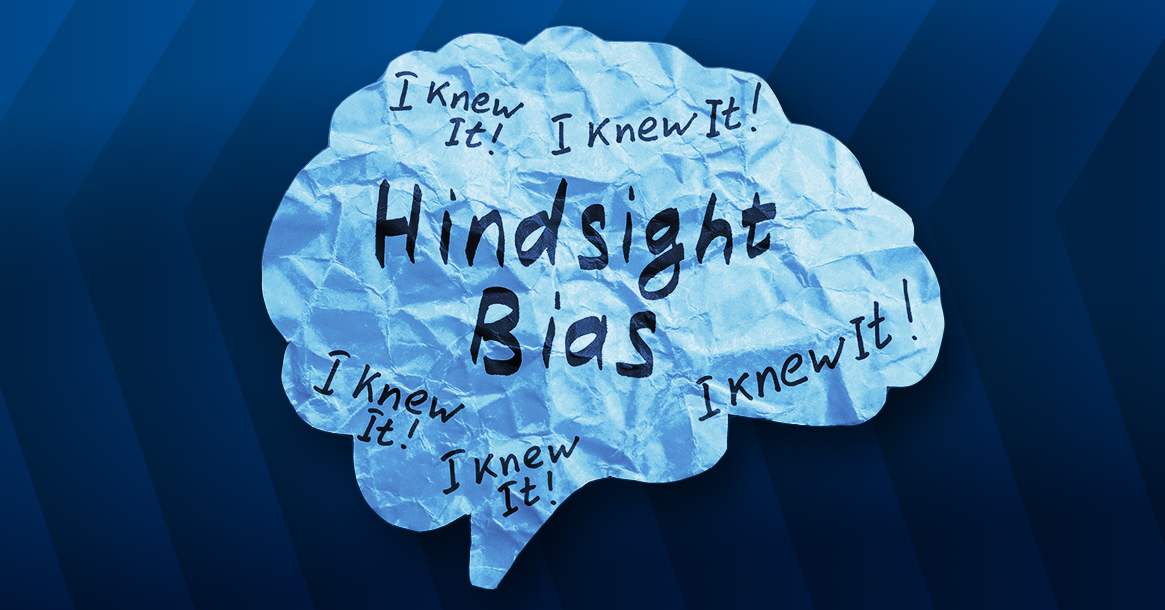Part 1 – Perceptions
Intellectual property lawsuits continue to increase in volume and scope in the litigation world. Much litigation has been spawned by small commercial interests that buy up patents and assert them against large, established corporations. We recently reviewed a stack of documents for a case in which three patents were bought by a small, unknown company for $10. One of them is being asserted for damages of over $5 million, and the company has already obtained settlements for about $2 million from about 10 other erstwhile defendants. Clearly, the economic allure for plaintiffs is irresistible, and the universe of potential lawsuits is practically unfathomable.
It wasn’t always like this. Not so long ago, most patent disputes fell into two classes: 1) the “Goliath versus Goliath” type, in which two large corporations went head-to-head over their products and patents (e.g., the Procter & Gamble versus Kimberly-Clark “diaper wars”; Caterpillar v. Deere; Dow v. Exxon Chemical; etc.); or 2) the old- fashioned individual investor who worked hard for his patent and was himself taking on the large corporation. This third breed of litigation involves the numerous small patent holding companies that buy up the intellectual property and then earn their revenues entirely through settlements and trial verdicts against the alleged infringers.
Regardless of which type of IP case is under consideration, however, IP litigation is a peculiar animal that has many idiosyncratic characteristics compared to other types of lawsuits. From the legal standpoint, its peculiarities and idiosyncrasies are numerous and well-known to the IP litigator. The purpose of this article is to describe how jurors perceive different types of intellectual property cases.
The Perceptual “Starting Point”
In most lawsuits, jurors start with a cognitive map that has as its starting point the answer to the question: “Who are these people?” Who is the plaintiff, and who is the defendant? What are they like? What are their traits, images, reputations, and other characteristics? In the “Goliath vs. Goliath” cases, these answers are supplied by jurors according to the respective corporate images of the litigants. If one of the parties is a “hometown employer” (e.g., Microsoft in Seattle, or Coca-Cola in Atlanta), there will be definite, well-formed images in jurors’ minds. More often, however, the images of the parties are fairly even and somewhat indefinite. For example, in the Procter & Gamble v. Kimberly-Clark diaper wars, both companies had good corporate images, and the starting point of “Who are these guys?” left both sides at an even point — a “wash,” or a draw. In this case, the corporate images did not play a role in the cognitive map that jurors used to problem-solve the case, and the verdict results became more a result of the substantive infringement and validity arguments generated by counsel. However, other research that we have conducted involving companies undergoing a public relations or image problem indicated that jurors’ opinions do indeed “tilt” against the litigant experiencing the problem.
Thus, in the “Goliath vs. Goliath” scenario, in which one corporation sues another, the corporate images may or may not play a role in the outcome, depending on whether the corporate litigants have specific reputations or images in the venue of the trial. However, in IP litigation where there is a maverick, lone, individual inventor, there is strong underdog sentiment favoring the plaintiff; and particularly when this inventor makes a charismatic witness, the defendant faces a formidable uphill battle to overcome the initial favoritism generated by the question “Who are these people?”
In the third case—these IP cases with the small patent holding company (the so-called “patent trolls”) versus the established corporation—our research over the years suggests that jurors simply do not care much about who the plaintiff is. It is a small company, to be sure, but they recognize that it is not a “mom and pop” corner grocery; rather, it is seen as some type of investment interest, and it typically generates little concern, subjective interest, or image of any type that influences juror dispositions in the case. On the other hand, while the defendant is often well known (e.g., Sony, Dell, Nintendo, or Toyota), our experience is that most such corporations do not arouse much in the way of sentiment either. Instead, jurors dive into the case itself, and try to make sense of what is, for them, a bewildering morass of technical issues, patent issues, conduct and economic issues (e.g., licensing applications or negotiations; marketing and sales data; and various other related types of information).
Consequently, our basic premise when discussing juror perception of IP cases is that, unless there is an individual inventor as a plaintiff, verdicts are typically not as much biased by the image of the litigants as they are in other types of cases, such as product liability, fraud, toxic torts, and other types of litigation.
Continues in part 2 next week.
Be confident in achieving superior litigation outcomes. CSI has the expertise, track record, and capabilities to help you win.



